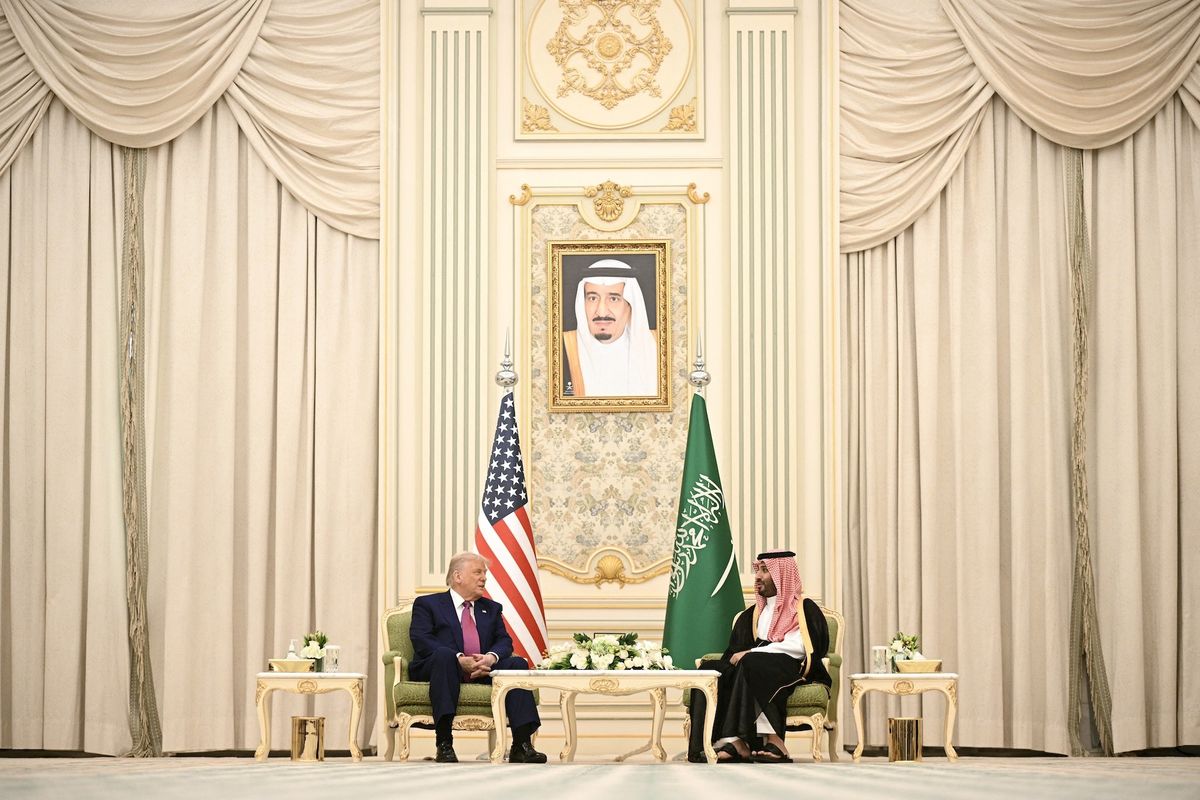The appointment of Lieutenant General H.R. McMaster as National Security Advisor was not the Trump Administration’s first shake-up on the National Security Council, and it is unlikely to be the last. The Trump Administration’s decision to upend the NSC’s organization is an effort to correct what many believed had become a bloated bureaucratic structure that could not attain its key goals.
The NSC is a handpicked advisory committee charged with directing the expedient flow of national security information to and from the President. The staff includes the Principals Committee, which includes the secretaries of state, treasury, and defense, among others, and numerous staff members underneath these principal advisors. Over time, presidents have expanded the NSC to draw more decision-making power into the White House, diverting it from its core mission.
“The role of the NSC is to help coordinate expert guidance and tailor the execution of presidential policy,” according to Davis Hake, cybersecurity advisor to the Obama White House and Cipher Brief expert.
At its maximum size, former President Barack Obama’s NSC had nearly 400 staff. By comparison, former President George H.W. Bush’s NSC with Brent Scowcroft as National Security Advisor, seen by many as the gold standard, was 50 people. The large size of Obama’s NSC hampered its ability to make and implement decisions quickly. Further, the consolidation of more power in the White House absorbed responsibilities of other agencies.
This arrangement hindered achievement of the core goals of an NSC. As Dennis Wilder, a former NSC advisor on Asia to former President George W. Bush and Cipher Brief expert puts it: “The NSC staff was never intended to implement policy because the United States has a large and capable national security apparatus and the NSC is purposefully small. Rather, the NSC staff is there to integrate policies across agencies and ensure that the President’s priorities are acted upon when they are implemented by others.”
One of the Trump Administration’s first actions was to return many aspects of the NSC to its form as it was under George W. Bush. The first upsets were the removal of the Director of National Intelligence and the Joint Chief of Staff—the highest advisors on intelligence and military affairs—from the Principals Committee, as it was under George W. Bush. Additionally, the separation of the Homeland Security Council from the NSC also reverted back to a Bush-era configuration.
One change to the Principals Committee is without precedent. The appointment of Steve Bannon, the White House chief strategist, has some observers worried that his political opinions could override the NSC’s goal of presenting objective advice to the president. It is too early to tell if this is the case.
Finally, the resignation of Trump’s original national security advisor, retired Lieutenant General Michael Flynn, on the grounds of withholding information from a phone call with the Russian Ambassador before he took office, is the largest upset yet. McMaster, his replacement, inherits an NSC in the midst of serious growing pains.
Early accounts of decision-making within President Donald Trump’s nascent NSC pointed to an isolated decision-making process. This was exemplified in one of the NSC’s first tests, the decision to undertake a special operations mission in Yemen that left one SEAL and at least one civilian dead. The Obama administration chose not to pursue the raid on the grounds that such an operation was too large and critical intelligence was missing. The NSC Deputies Committee that approved the raid reportedly lacked State Department and Intelligence Community representation; it came to a different conclusion and approved the operation. Following the raid’s deadly outcome, Yemen cautioned the U.S. against undertaking future operations there. The episode highlights how insular decision-making can have unintended consequences when important policy agencies are left out.
McMaster is already pursuing a course that would reverse some changes and create new ones. Returning the Director of National Intelligence and the Joint Chief of Staff to the Principals Committee—and with it the highest advisors for military and intelligence affairs—is under discussion, as is putting the HSC back under the umbrella of the NSC. McMaster will also be able to appoint many of his own staff, something denied other candidates for the position. So far his leadership style of seeking out varied opinions is seen as a boon to interagency communication. However, he is also known for taking strong stances at odds with his superiors. Opposing Trump could minimize his ability to shape an effective NSC and therefore the impact the council has on policy. Ultimately, the NSC is as weak or as powerful as the president wishes it to be.
McMaster now has the task of managing a chaotic start for the NSC, but also an opportunity to remold it into a form that more closely aligns with its core mission. Doing so means maintaining the support of the President while walking a fine line between maintaining enough bureaucracy for interagency cooperation and streamlined communication for decisive decision-making.
Will Edwards is an international producer at The Cipher Brief. Follow him on Twitter @_wedwards.












